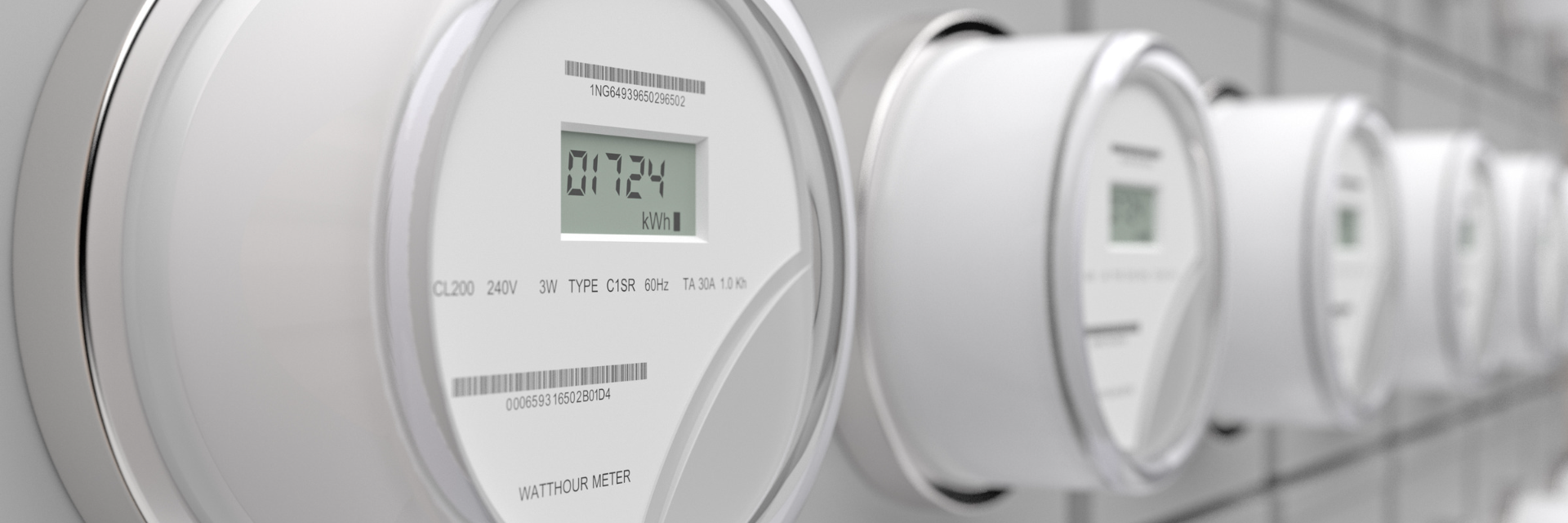
Many of you reading this article may feel like you are faced with a challenging choice, as you recognize and understand the implications of SAP's third-generation platform reaching the end of mainstream maintenance on December 31, 2027. But in Utegration’s experience advising utilities facing this challenge, this demarcation also provides an opportunity to improve, transform, and make our business ready for the next decade or more.
The Focus is Shifting
Over the last several years, utilities’ focus on AMI has shifted from initial implementations and value propositions to “AMI 2.0,” which is now taking center stage. Just last year, Utegration observed several AMI 2.0 migration RFPs as well as AMI road mapping RFPs issued by some of the early adopters of the technology. These are utilities that are facing the prospect of their advanced-meter hardware and/or software solutions reaching end-of-life and that must enact a replacement plan.
But it’s important to note that the term AMI 2.0 represents more than just the replacement of early hardware and software solutions; it also embodies the hopes and dreams of both the industry and its stakeholders for the realization of greater customer and societal benefits than the mostly meter-to-cash operational benefits delivered with AMI 1.0 — especially considering the major investments most utilities made in the initial technology. Indeed, utilities in the last several years that were just beginning to “dip their toes in” with AMI have found obtaining funding approval difficult as commissions are demanding demonstration of greater customer and societal benefits. These specific outcomes are referred to as AMI 2.0 benefits or use cases.
The Importance of Valuable Use Cases
Interestingly, with the AMI 2.0 RFPs issued in the last one or two years, Utegration observed that they included the following objectives and scope:
- Focus on mass deployment (replacement of meters, refreshing of networks)
- Renewal of systems and integration
- Catch-up with AMI 1.0 lagging use cases
Though those RFPs expressed aspirations to enact AMI 2.0 use cases, they stopped short of conveying concrete plans to deliver specific advanced use cases and benefits. Part of the reason for this is that AMI 2.0 is not yet a well-worn path in terms of business use case enactment. In other words, there is a lack of prescriptive templates, examples, and repeatable solutions for many of these use cases.
Leveraging Our Expertise
To help utilities create specific and valuable use cases that support the new requirements, Utegration has stepped up to lead an AMI 2.0 Innovation Council, leveraging our network and experience with 14+ AMI engagements.
To ensure the council’s efforts provide value for organizations of all types and sizes, the membership of the council includes 11 utilities (and counting), representing electric, water, and/or gas services. The main objectives of the council are to:
- Identify, prioritize, and document (as needed) use cases
- Map reference architectures
- Identify solution gaps
- Fill those solution gaps (if possible) with modern technology
The council also incorporates the expertise of premier providers of industry solutions and services — Cognizant, SAP, and Black & Veatch.
The quarterly council meetings are typically held remotely, which makes participation easy.
Please let us know if you’re interested in participating in the council by contacting your Utegration account executive, Chad Edens, Executive Director, AMI, here at Utegration, or me.
Finally, I'd like to offer you our recent white paper, Empowering the Customer with AMI 2.0, which explores uses cases that drive the kind of value utilities, regulators and society are looking for. You can access it by clicking HERE.
